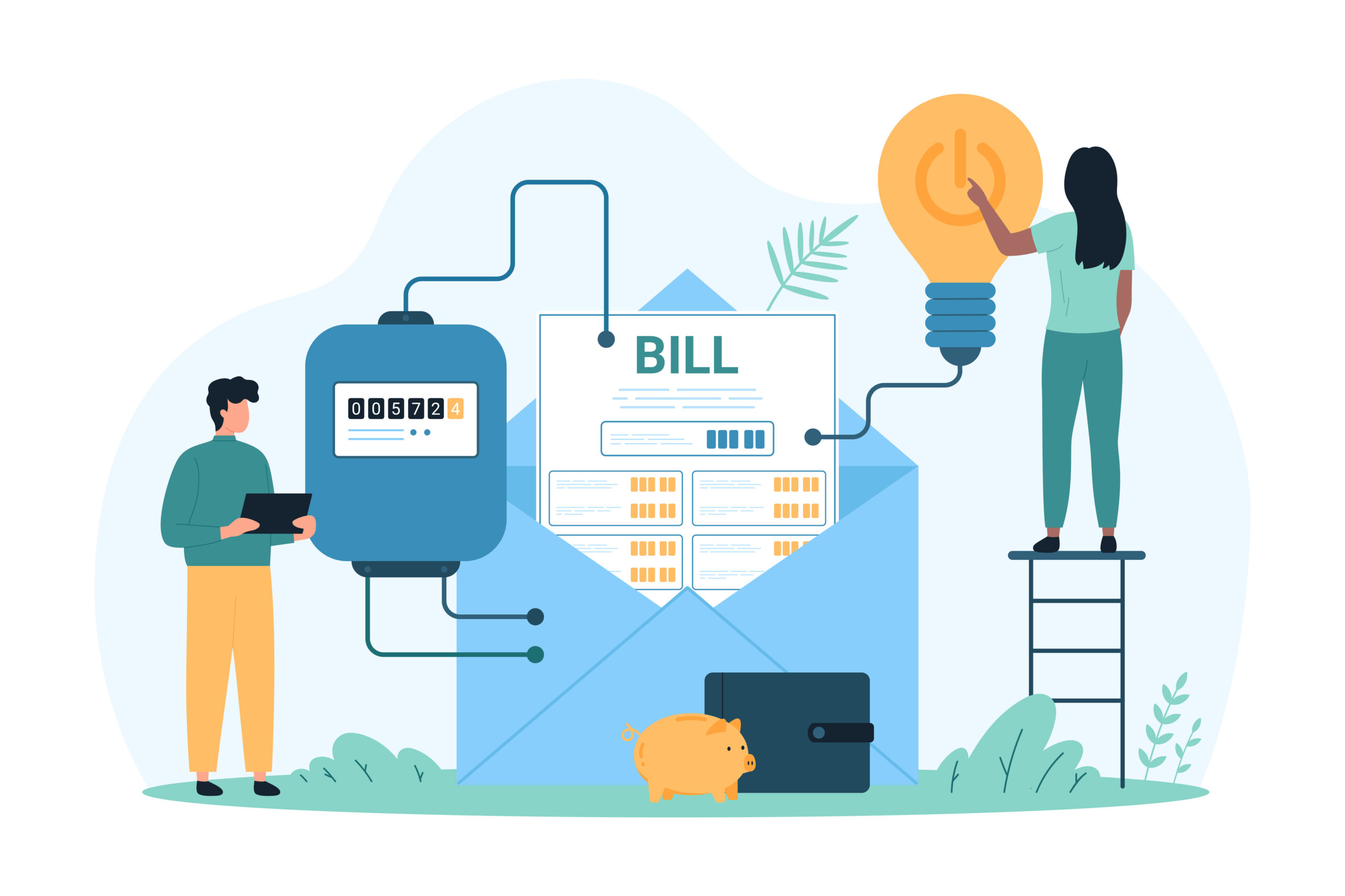The 2024 Power and Utilities Industry Outlook by Deloitte comes with some encouraging figures: in 2023 EVs accounted for 9% of all new cars sold for the first three quarters of the year, US grid-scale battery storage roughly doubled in capacity, and infrastructure projects continued thanks to the Inflation Reduction Act. These trends demonstrate the continued commitment to decarbonization and electrification efforts needed to mitigate the impact of climate change. With more distributed energy resources (DERs) on the market today and innovations in AI and machine learning designed to optimize DER strategies, demand flexibility programs continue to prove useful as non-wires alternatives to minimize costly grid upgrades, while enhancing grid resiliency and lowering high peak energy costs. For Energy Efficiency Day, we’re celebrating these advancements, while offering some helpful tips to our utility partners.
Electrification is Still the Way
While climate actions have started directly impacting ratepayers and enhanced EV manufacturing has hit some snags, electrification efforts remain strategically critical during the energy transition. Electrification grew 2.2% in 2023, with analysts anticipating a global surge of 3.4% over the next three years, illustrating the continued commitment to the energy transition away from fossil fuels. Although electrification efforts further encumber the grid, they likewise provide a pool of existing community-generated energy assets.
Through a distributed energy resource management system (DERMS), utilities can aggregate the distributed energy resources (DER) provided by participating ratepayers, directing that collective energy where and when it’s needed to meet demand. Demand flexibility programs like demand response, EV managed charging, BYOD programs, and more offer utilities an opportunity to put these energy assets to work through concerted conservation efforts or reciprocal charging strategies. So how can utilities get the most out of the distributed energy resources that power their demand flexibility initiatives?
1: How To Maximize Your DER Output
For a distributed energy resource management system all things are possible with distributed energy resources. This is to emphasize that for most DERMS the only integration challenges are technical, often relating to APIs, rather than anything else. As such, DERMS are effective tools for managing many DER assets, be that the thermostats that may make up a demand response program, the EV in an EV managed charging program, or the solar and battery devices in a virtual power plant. Going further, DERMS can manage not only those unique items in specific but can do so all at once, and to scale through robust grouping features.
Through flexible dispatch, utilities can utilize all the tools at their disposal to better manage load. In fact, grouping can allow parent utilities like G&Ts or JAAs to call events downstream to their subordinate utilities. Broadening the scope of your demand flexibility projects beyond any one program in your area. By removing these limitations, demand flexibility programs can be called and deployed when and where they most need it, including addressing grid congestion through the localized dispatch of energy assets. Lastly, utilities can call events across any devices and/or device types that they have programmatic access to, in turn lowering internal team silos by opening the doors for deeper collaboration.
2: Set Yourself Up To Do Less
The adage “work smarter, not harder” is as aspirational as it is prudent. A robust DERMS platform includes customer engagement functionality, which is instrumental to utility operations looking to expand their enrollment, participation rates, and help process their incentives. Unfortunately, for the third year in a row, the J.D. Power 2023 Electric Utility Residential Customer Satisfaction Study noted that customer satisfaction levels are on the decline. In part, customers responded that rising rates, access to energy efficiency programs, and reliability projects were factors in this decline. Research indicates that good customer service can lead to more revenue, and these declining satisfaction rates present a problem.
Demand flexibility initiatives are an effective solution to higher rates. Through demand flexibility initiatives, utilities can redistribute energy as needed, whether by accessing community-generated or conserved energy. As such, these programs thrive as they grow: more program participants lead to bigger programs which leads to bigger savings. Program automation features can help utility program managers, by providing tools designed to leverage greater customer participation.
Program automation is ideal for freeing up internal resources by automating the various processes of the customer experience. With program automation, utility demand flexibility program managers can automate:
- The enrollment and participation process
- Customer messaging
- Incentive processing
- Event calling schedules
Through automation, utility program managers can free up their time to further develop and evolve their demand flexibility programs.
3: Integrations
As we mentioned above, device integrations present a barrier for many demand flexibility programs. Without the right OEM integrations, utilities are limited in the devices that they can quickly and efficiently control as part of their programmatic efforts. Selecting the right DERMS vendor is an integral first step in developing your demand flexibility programs, but the right integrations can pay off in the long run, by providing opportunities for scalability as your program(s) gains customer support.
Not all DERMS are created the same. The varieties of DERMS include purpose-built DERMS, which are uniquely designed DERMS platforms built to specifically address a problem at a utility; vendor-led solutions, which outsource and cede data and the customer journey to an outsourced third-party vendor, and flexible self-service saas-models, which are designed by a third-party but managed internally. Integrations are integral during the selection process for any DERMS vendor, as available integrations can inform the specifics of a demand flexibility program and help expedite the development process.
Tips To Get The Most From Your Demand Flexibility Programs Conclusion
Energy Efficiency Day is an ideal time to reflect on not only the ways that we can all individually contribute to a greener tomorrow, but also a potent reminder of the changes that have already taken place. Already, we’ve seen legislation like the Inflation Reduction Act and Bipartisan Infrastructure Law provide opportunities for utilities to modernize the grid while divesting from fossil fuels. Hopefully, these tips are useful in streamlining the responsibilities of utility demand flexibility program managers in the development process, in building and maintaining a rapport with the customers needed to scale a program, or in optimizing your distributed energy resource strategies.






